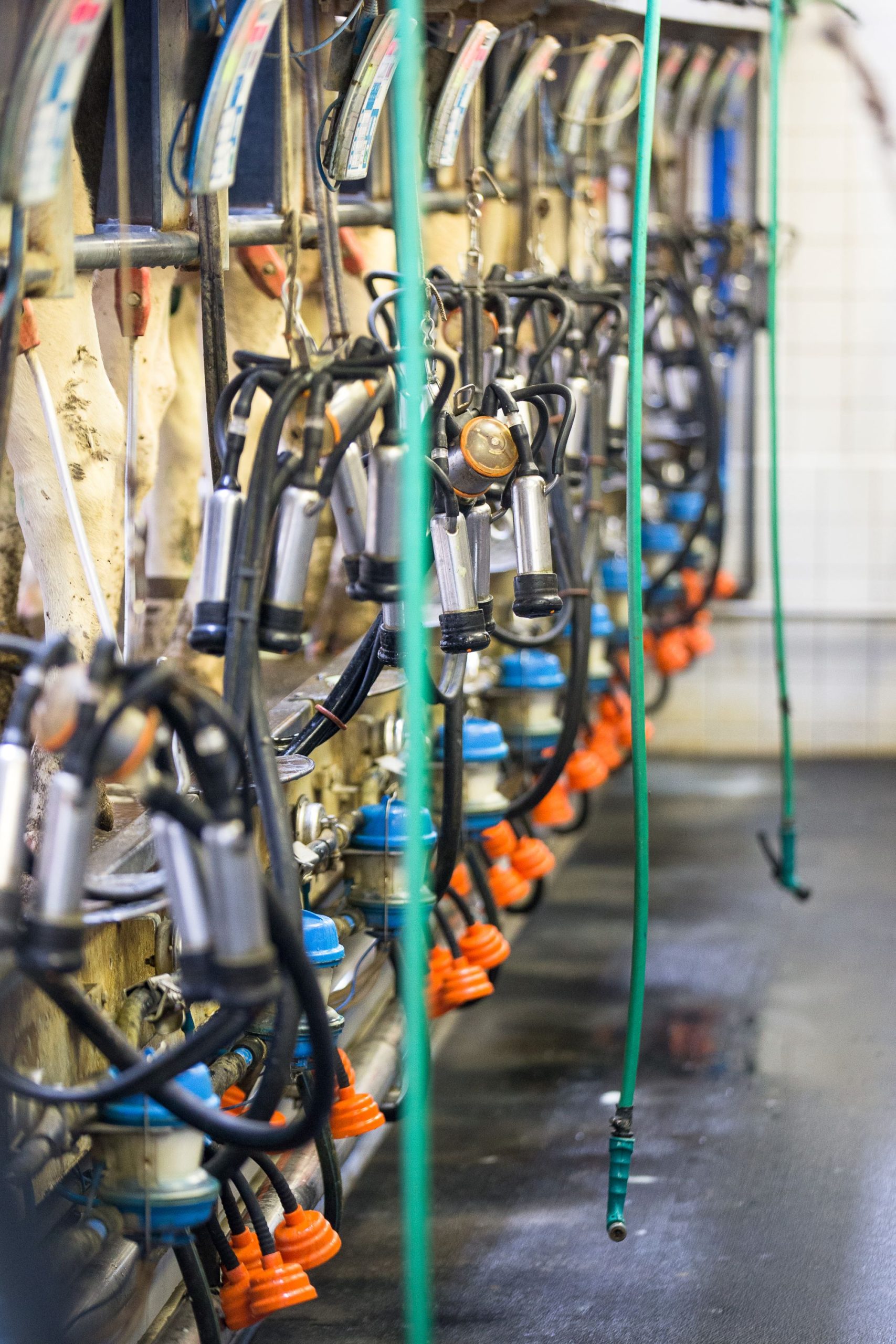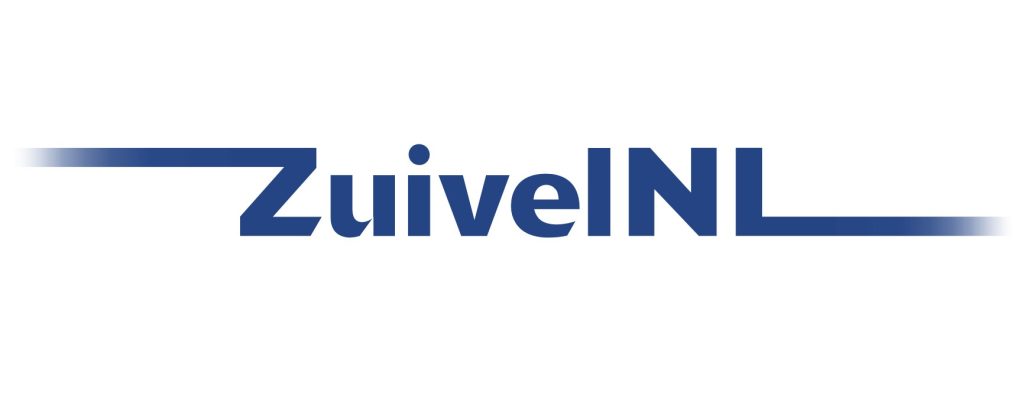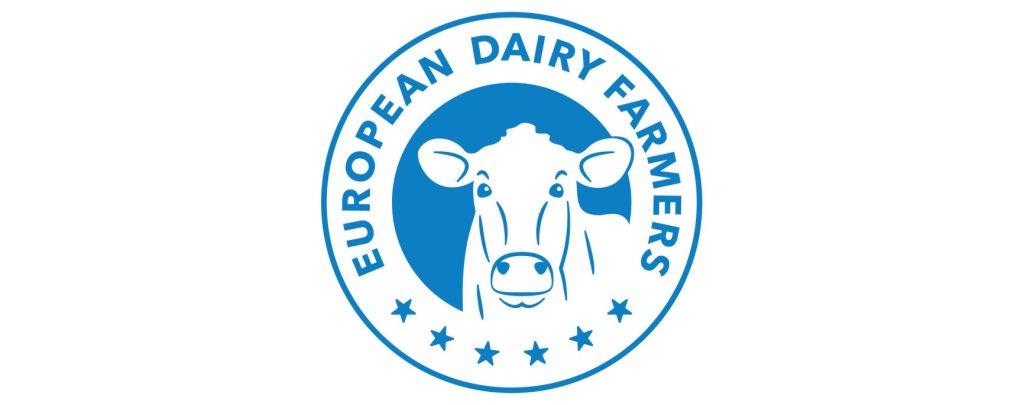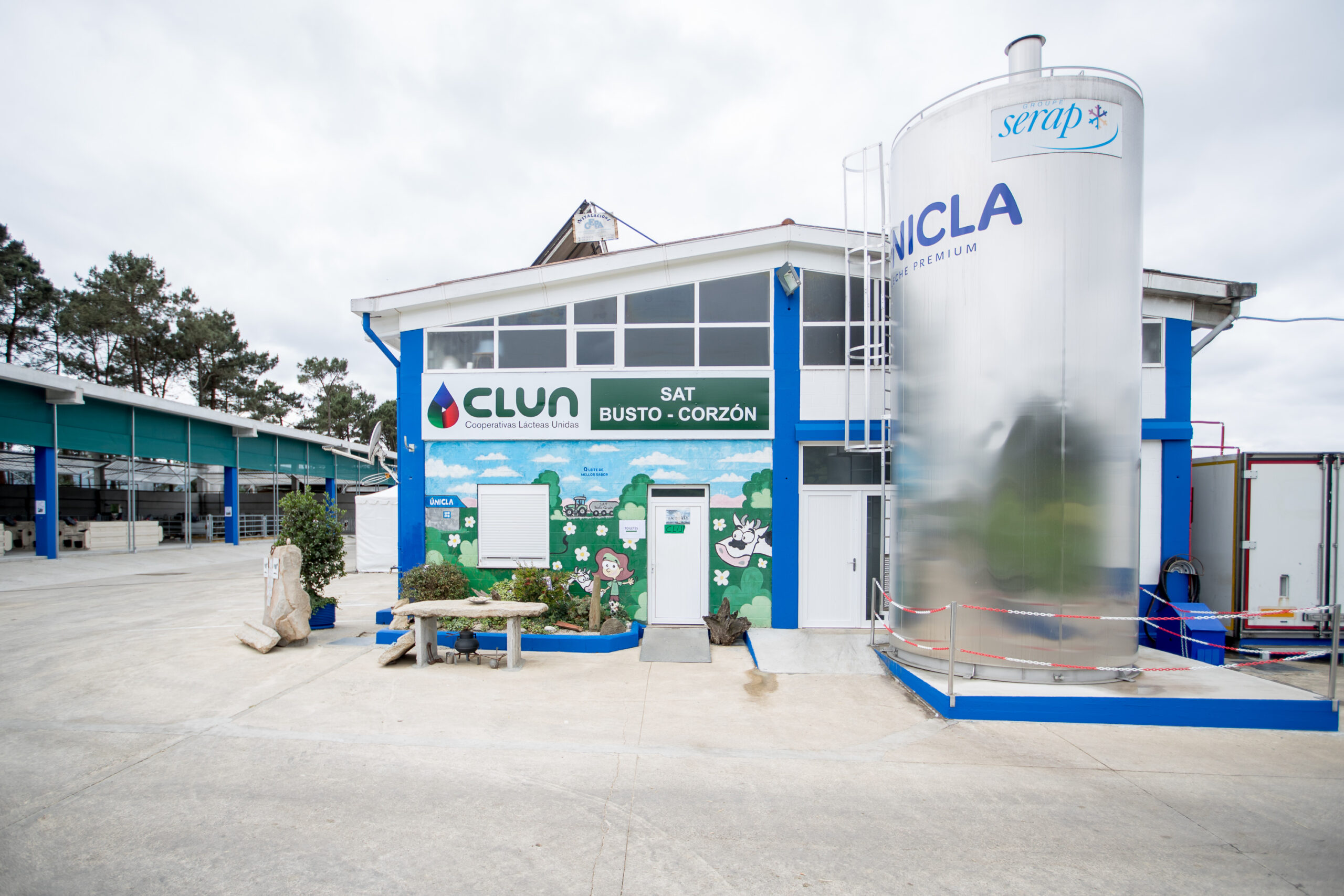International Farm Gate Milk Prices
Together, we strive to foster a more transparent and informed dairy industry across Europe.
ABOUT
International Comparison of Producer Prices for Milk
- Transparency in milk pricing
- Enhance understanding of industry dynamics
- Serving as a critical foundation for knowledge creation and exchange

MILK PRICE REVIEW February 2025
Milk Prices Remain Steady in February 2025, Up 15% Year-on-Year; US Sees Decline
The calculated advance milk price for February 2025 is expected to average €51.13 per 100 kg of standard milk, remaining nearly unchanged from January 2025. This represents an increase of over 15% compared to the same month in the previous year.
Since October 2023, the average milk price has exhibited a consistent upward trend. Similar to the previous month, milk prices appear to be stabilizing, as reported by several dairy companies. However, unlike last month, the calculated price in the United States has decreased due to a decline in both protein and fat prices.
EU Milk Supply Declines in January, Global Production Mixed with Growth in Key Exporters
EU milk supply decreased by 0.4% in January, following modest growth in December. Notable declines occurred in Germany (-2.2%), France (-1.7%), the Netherlands (-1.7%), and Belgium (-3.5%). However, Poland saw a 1.7% increase, and Ireland experienced a strong recovery with a 9.4% rise, though this is due to its seasonal supply pattern.
Globally, milk production trends were mixed. New Zealand continued to grow (+2.6%), Argentina’s recovery remained strong (+5.6%), and Uruguay also saw an increase (+2.2%). US production remained stable (+0.1%), while Australia’s output fell for the third consecutive month (-2.6%). Overall, the total milk volume from major dairy exporters, including the EU, was 0.5% higher in January 2025 compared to the same month in 2024.
Dairy Market Resilient Despite FMD Outbreaks; Butter Prices Rise, Skimmed Milk Powder Demand Weakens
The dairy market was largely unaffected by the FMD outbreaks in Germany and Eastern Europe, with supply and demand dynamics remaining the primary drivers. A seasonal increase in milk supply put some pressure on the market in February, though no significant price declines occurred. The butter market rebounded in March due to higher demand and limited supply, leading to a sharp price rise before stabilizing. Meanwhile, the skimmed milk powder market weakened, with prices continuing to fall and disappointing demand, particularly in export markets.



